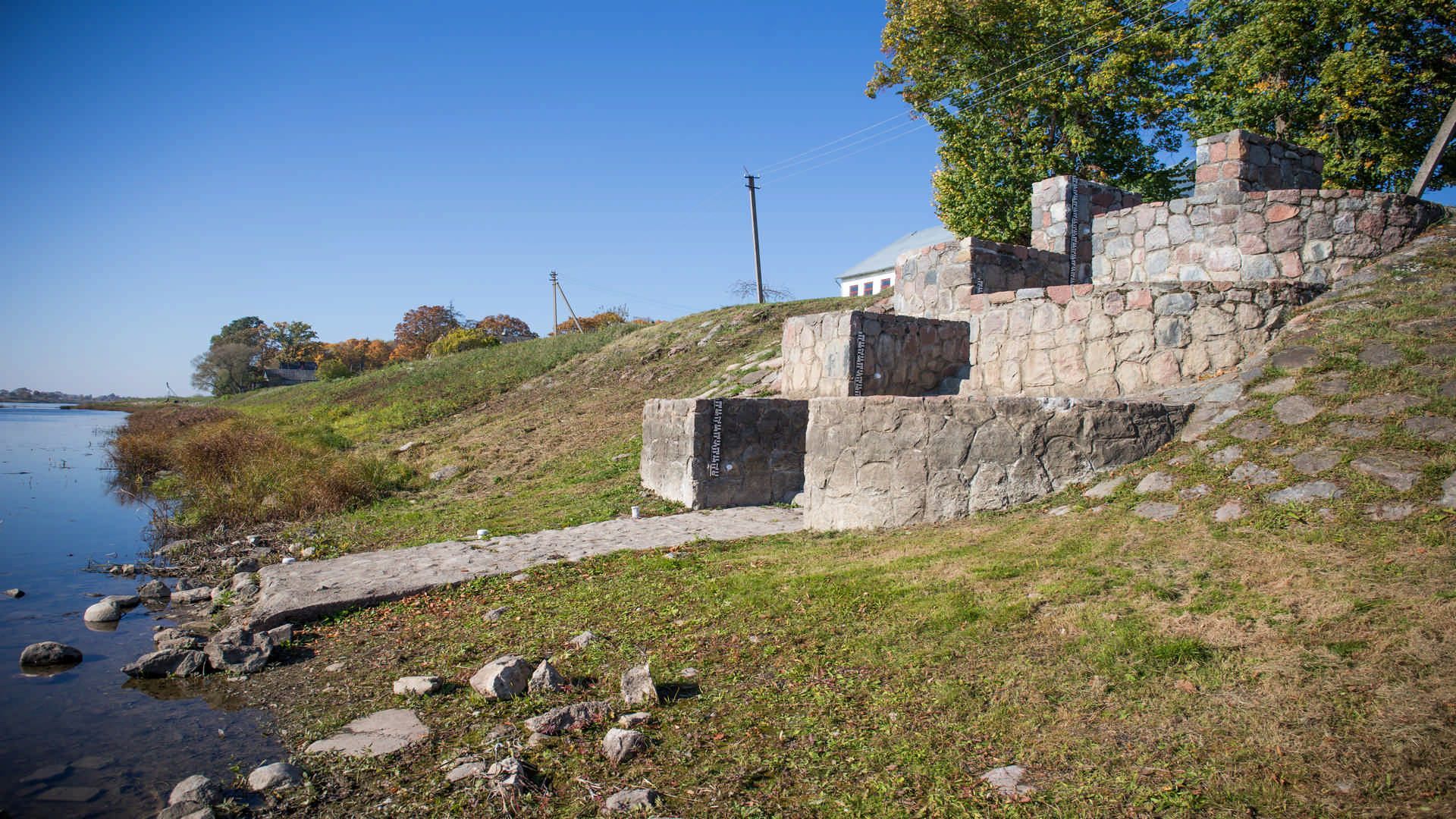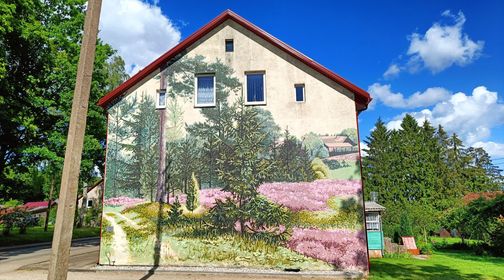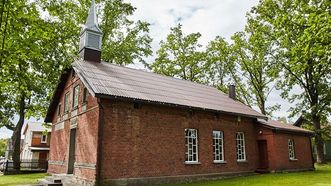
Strolling around the town of Smalininkai, you can feel the romance and strength. The architecture of the town reminds us the land belonged to Prussia for a long time, and that it is the Lithuania Minor. When entering Smalininkai, the visitors are welcomed by lindens from one side, and the longest and sole oak alley in Lithuania from the other side. It also constitutes the cultural - natural singularity of this region.
Smalininkai is the eternal border. The Šventoji streamlet flowing next to Smalininkai once was the ethnic boundary between the Skalvians that lived here and the Aukštaičiai of Panemunė on the other side. In 1422, under the Treaty of Melno between the Order of the crusaders and the Grand Duchy of Lithuania, it became a state border which later separated Prussia and the Tsarist Russia. Lithuanians lived on both sides of the wall. This wall is also called the Eternal Wall or the Peace Wall which was used by book-smugglers when traveling. It is no secret that life was slightly different at the frontier.
The Nemunas in the history Smalininkai is described not only romantically. It helped the town grow up. Smalininkai was a prosperous Prussian border town which had the Water Customs and Land Customs. From time immemorial boats and later ships were tarred here. This gave rise to the name of the town. In the middle of the 19th century the Smalininkai winter port was built, at the embankment of which ships and rafts were moored during the shipping season. Nearby there was a shipyard, which produced ships of 30 meters in length. There was also a windmill and a sawmill, while the port had hotels – restaurants "Doiches Haus" and "Rusiche Haus". From ancient times, ships sailed from Smalininkai not only to Königsberg, but also further (via Vistula Lagoon, channels, rivers and the shores of the Baltic Sea) to the Western Europe. This place had German, Lithuanian and Jewish residents and had operating Lithuanian as well as German schools. Over 200 years ago a water measuring station was founded in Smalininkai to measure the water level and its all of its data has remained to this day. It is the oldest operating water measuring station in Lithuania and the third oldest in Europe. Although the first measuring station can no longer be seen, the stone "stairs" used to measure the water level are still present until today and remind of the past. They have become an object of national cultural heritage. The Museum of Ancient Techniques, where you will be able to see more than 7,000 exhibits reflecting agriculture, household, crafts, and technical developments, testify the technical and industrial nature of the town of Smalininkai.
In 1710 Smalininkai had a functioning post office of Tilžė and at that time letters were posted via the town not only to Königsberg, but also to Vilnius or Moscow. Lidija Meškaitytė, a self-taught miniature artist, lived and created in the vicinity of Smalininkai and left a collection of watercolour miniatures to the Lithuanian Art Museum. A significant part of the exposition consists of unique miniatures of the artist, where we can see with particular delicacy painted pictures of the artist's homeland (farmstead, natural compositions and landscapes). Now in the park of the town there was an amazing monument (depicting a seat) built dedicated to the memory of the artist.
Points of interest
13
Food
0
Accomodation
1
Loading...
©2025 trip.lt













